Flowing 1970s Maxi Dresses, Peasant Blouses, Suede Vests & Fringe Everything
The 1970s was a golden age for bohemian and hippie fashion, a style born from the countercultural movement of the 1960s and fully bloomed in the decade that followed. Boho fashion in the 70s was more than a trend—it was a philosophy that embraced freedom, natural beauty, and non-conformity. Rooted in anti-establishment values and inspired by Eastern cultures, the 70s boho look came to define the decade’s more laid-back, artistic sensibilities.

At the heart of 70s boho fashion were flowing maxi dresses. These dresses often featured empire waists or were cut loosely to allow movement and comfort. Whether made from gauze, cotton, or crepe fabrics, maxi dresses embodied the essence of ease and femininity. They were perfect for everything from outdoor festivals like Woodstock to relaxed days at home or by the beach. The silhouette was graceful, with long skirts billowing with every step, often accented by tiered designs, lace trims, or bell sleeves.
Peasant blouses were another signature of 1970s hippie style. These tops, usually white or earth-toned, featured embroidery, loose sleeves, and delicate ties or buttons at the neckline. Borrowing elements from traditional European and Middle Eastern garments, peasant blouses represented a fusion of global inspiration and individualism. They were frequently paired with flared jeans, suede skirts, or corduroy trousers, offering a versatile, mix-and-match style that was both romantic and rebellious.
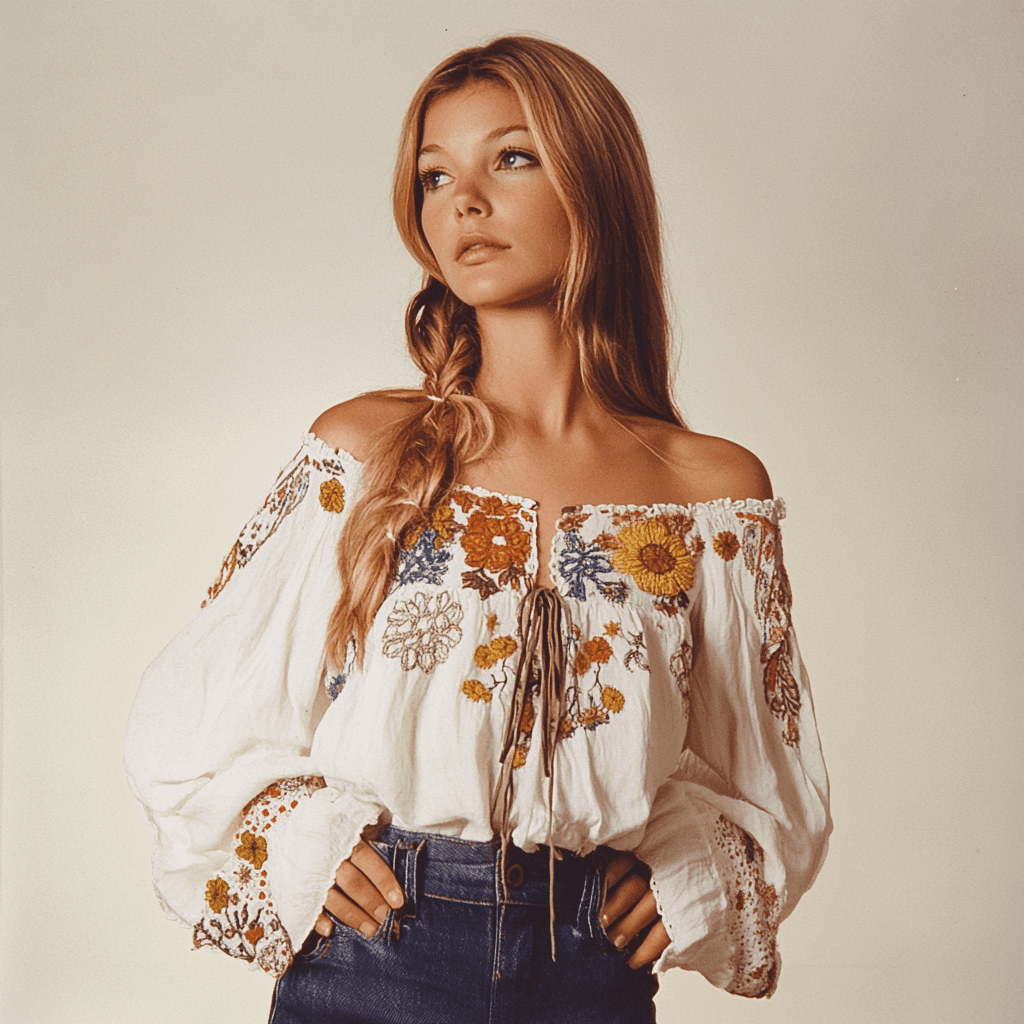
No 70s boho wardrobe was complete without a suede vest. These vests often featured fringe, beads, or hand-stitched embellishments. Worn over blouses, dresses, or even bare skin, the suede vest added a rugged, earthy texture to otherwise soft and flowing looks. It was common to see vests with Native American-inspired patterns or adorned with peace signs, reflecting the era’s deep interest in indigenous culture and symbolism.
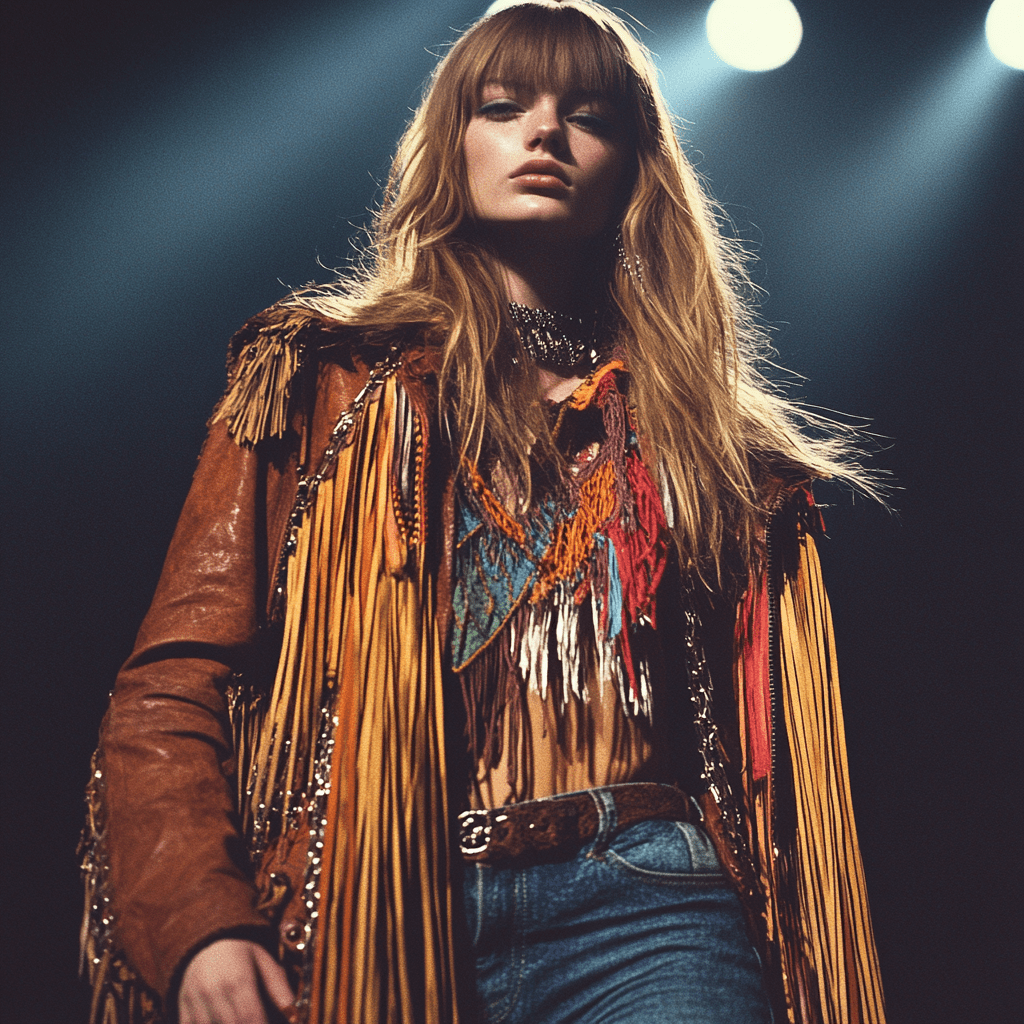
Speaking of fringe—fringe was everywhere. From jackets and vests to bags and boots, fringe details brought movement, texture, and a sense of wild freedom to every outfit. It wasn’t just decorative; it symbolized a break from structured, mass-produced fashion. Fringe became a statement—of individuality, handmade craftsmanship, and rebellion against rigid norms.
Beyond specific garments, the 1970s bohemian style was an overall attitude. Boho icons like Stevie Nicks, Ali MacGraw, and Janis Joplin embodied the look with effortless grace. Whether barefoot at a music festival or styled for a fashion editorial, the boho woman of the 70s was a muse—both grounded and ethereal.
Fun Fact:
The fringe trend wasn’t just about style — it was inspired by Native American garments where fringe helped rainwater run off clothing faster. Hippies adopted it both for its practical roots and for its cultural symbolism.
Icon Who Wore It:
Stevie Nicks of Fleetwood Mac was the ultimate 70s boho goddess. Her flowing dresses, suede shawls, and layers of fringe defined her ethereal rock-and-roll style and helped make boho fashion iconic.
Popular Prints in 70s Hippie Aesthetics: Paisley, Tie-Dye, and Florals
In the vibrant world of 1970s boho and hippie fashion, prints weren’t just decorative—they were deeply symbolic. Patterns like paisley, tie-dye, and florals became emblems of counterculture expression, spirituality, and a free-spirited lifestyle. These prints, often handmade or inspired by non-Western cultures, were a key part of what made 70s fashion so unique, psychedelic, and enduring.
Paisley: The Psychedelic Signature
Paisley, with its teardrop-shaped motif and swirling patterns, became one of the most iconic prints of the 1970s hippie scene. Though the design dates back centuries and has roots in Persian and Indian textiles, it gained global prominence during the 60s and 70s when Western youth embraced Eastern philosophy, meditation, and culture.
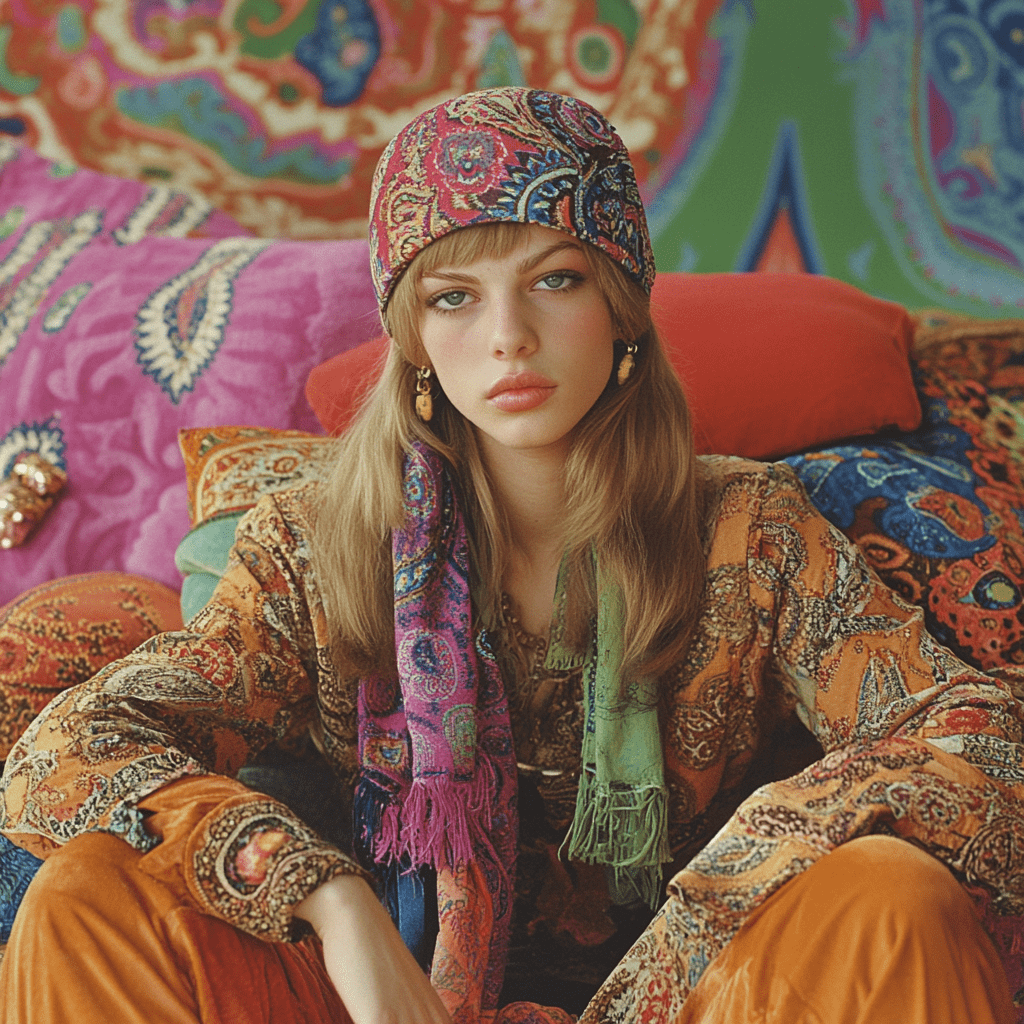
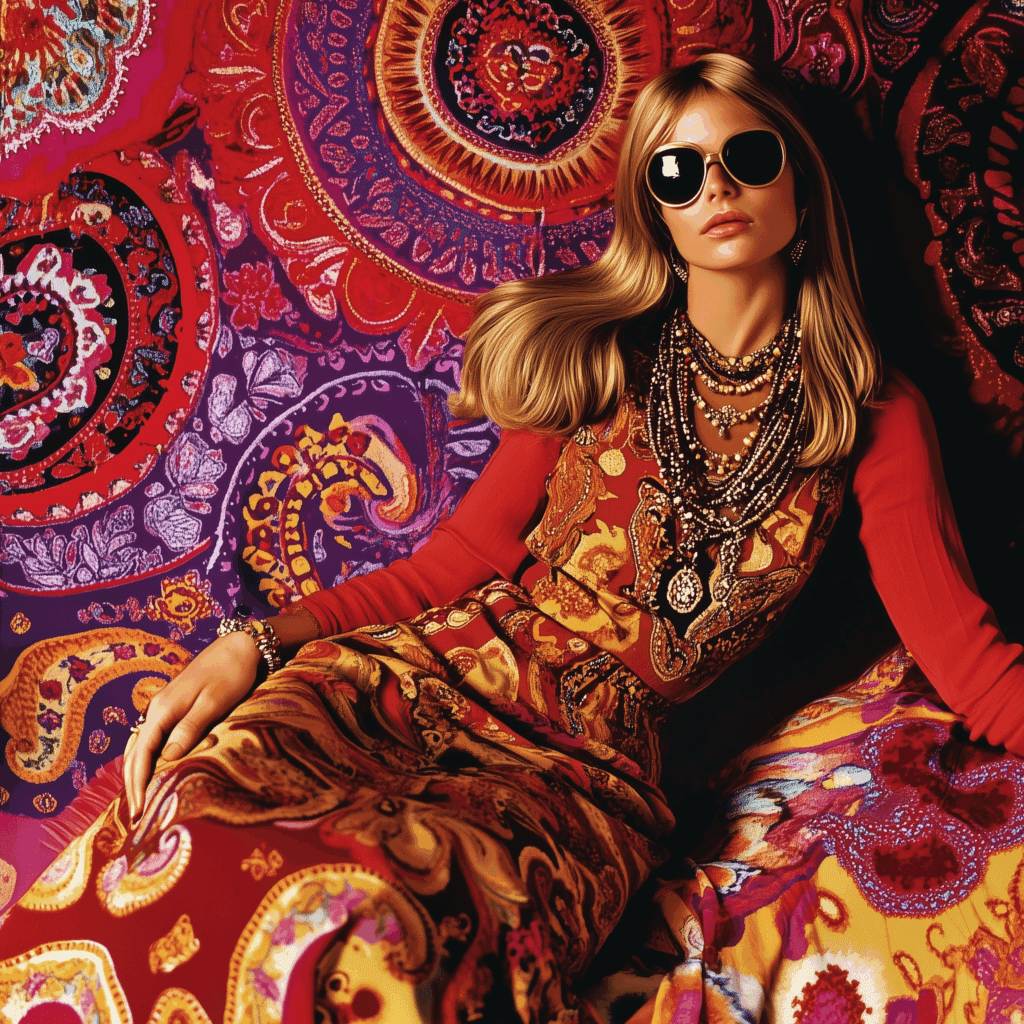
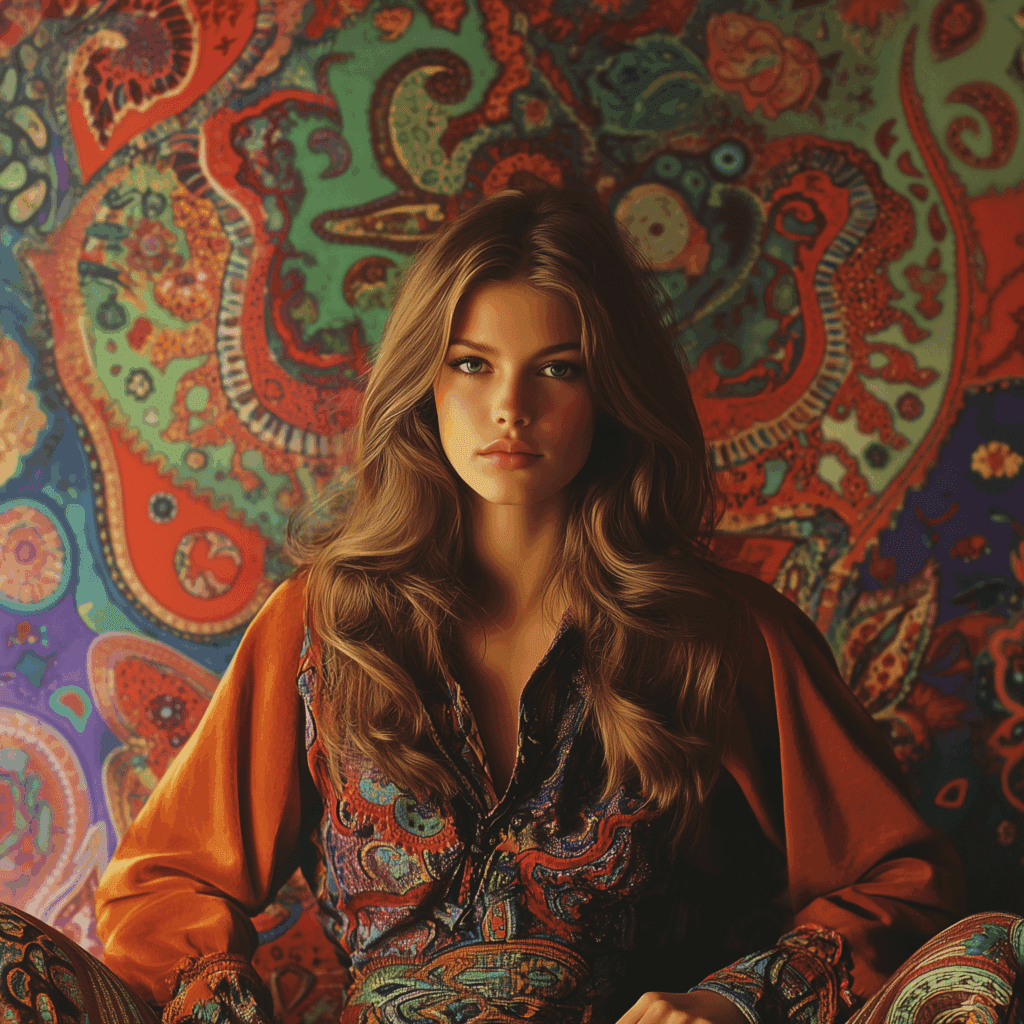
The intricate and hypnotic curves of paisley mirrored the psychedelic experience—trippy, spiritual, and boundary-breaking. It adorned everything from flowing maxi skirts and scarves to men’s button-down shirts and velvet blazers. Often brightly colored and oversized, paisley prints made bold, visual statements and celebrated individuality. When people wore paisley in the 1970s, they weren’t just embracing a trend—they were aligning with a deeper cultural movement that questioned materialism and celebrated consciousness.
Tie-Dye: DIY Spirit and Festival Fashion
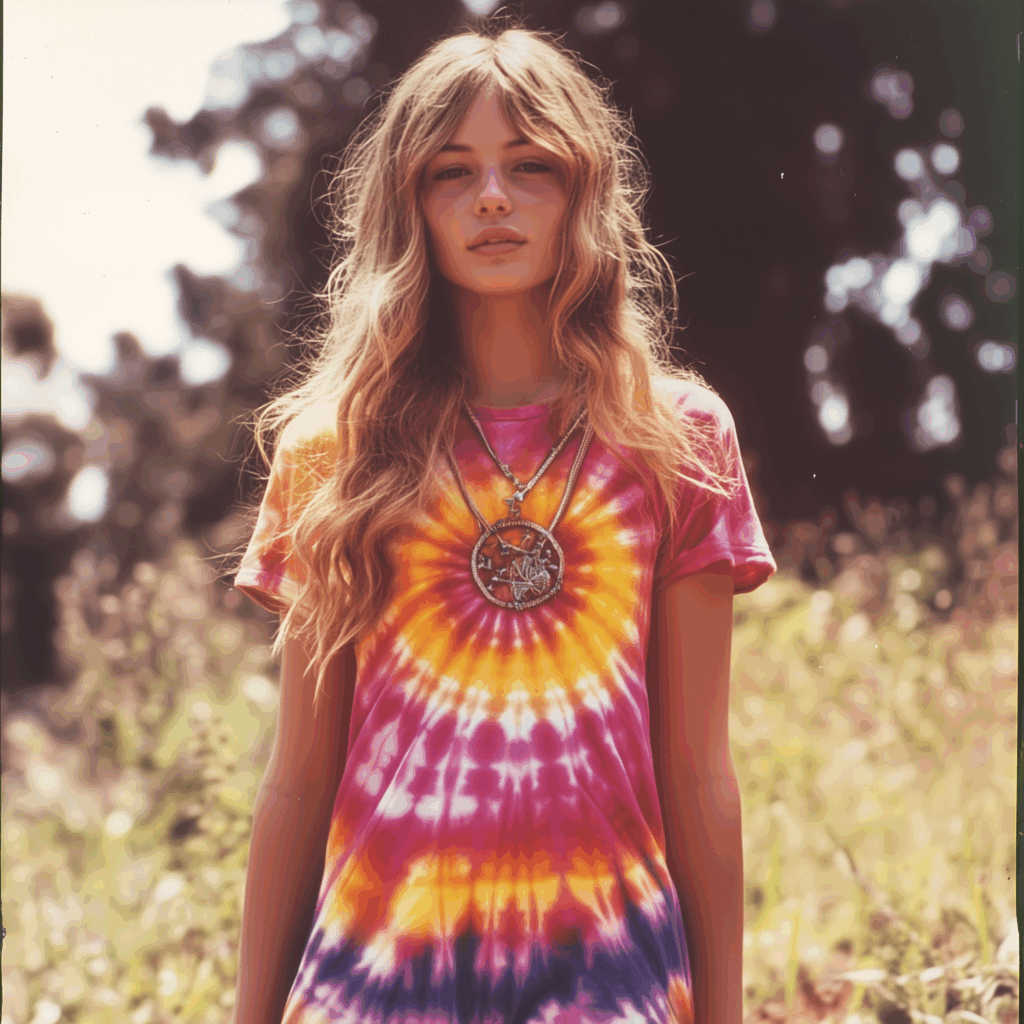
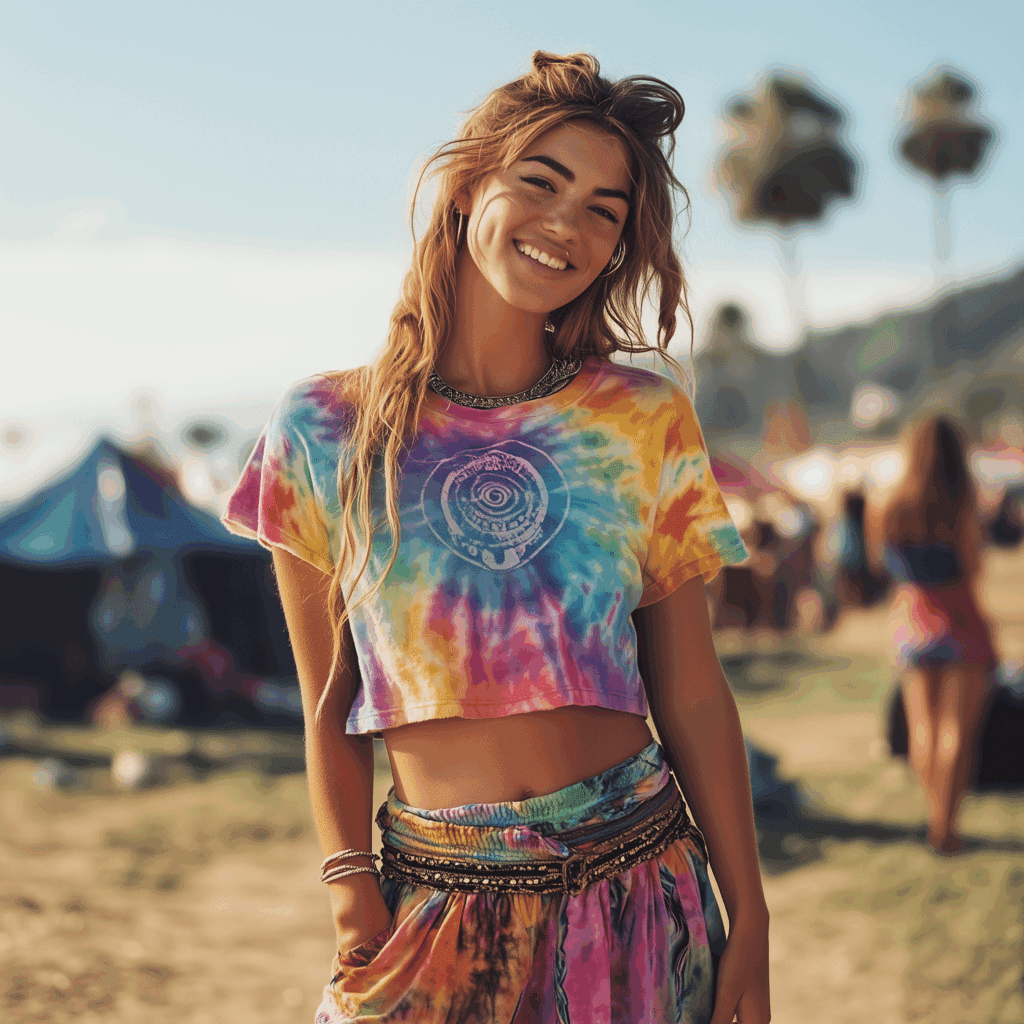
If there’s one print that instantly conjures images of the 1970s hippie era, it’s tie-dye. Swirling in rainbow colors or sun-faded pastels, tie-dye became synonymous with the DIY ethos of the time. No two garments were alike, and that was the point—tie-dye celebrated uniqueness and handmade artistry.
It was an accessible art form: anyone with a plain cotton tee, some rubber bands, and fabric dye could create their own wearable masterpiece. This made tie-dye especially popular at festivals like Woodstock and among anti-establishment youth. It represented peace, love, and resistance to conformity.
From oversized T-shirts to tiered skirts and flowing kaftans, tie-dye was an essential part of the 70s boho wardrobe. Even today, it remains a powerful symbol of freedom, rebellion, and artistic self-expression, continuing to surface in modern collections and summer wardrobes.
Florals: Nature in Full Bloom
Floral prints were not new to fashion in the 1970s, but the way they were used evolved dramatically. In the hippie aesthetic, florals weren’t delicate or ladylike—they were wild, oversized, and raw, often inspired by psychedelic art or nature itself. Daisies, sunflowers, and abstract botanical patterns burst onto dresses, trousers, headbands, and bags.
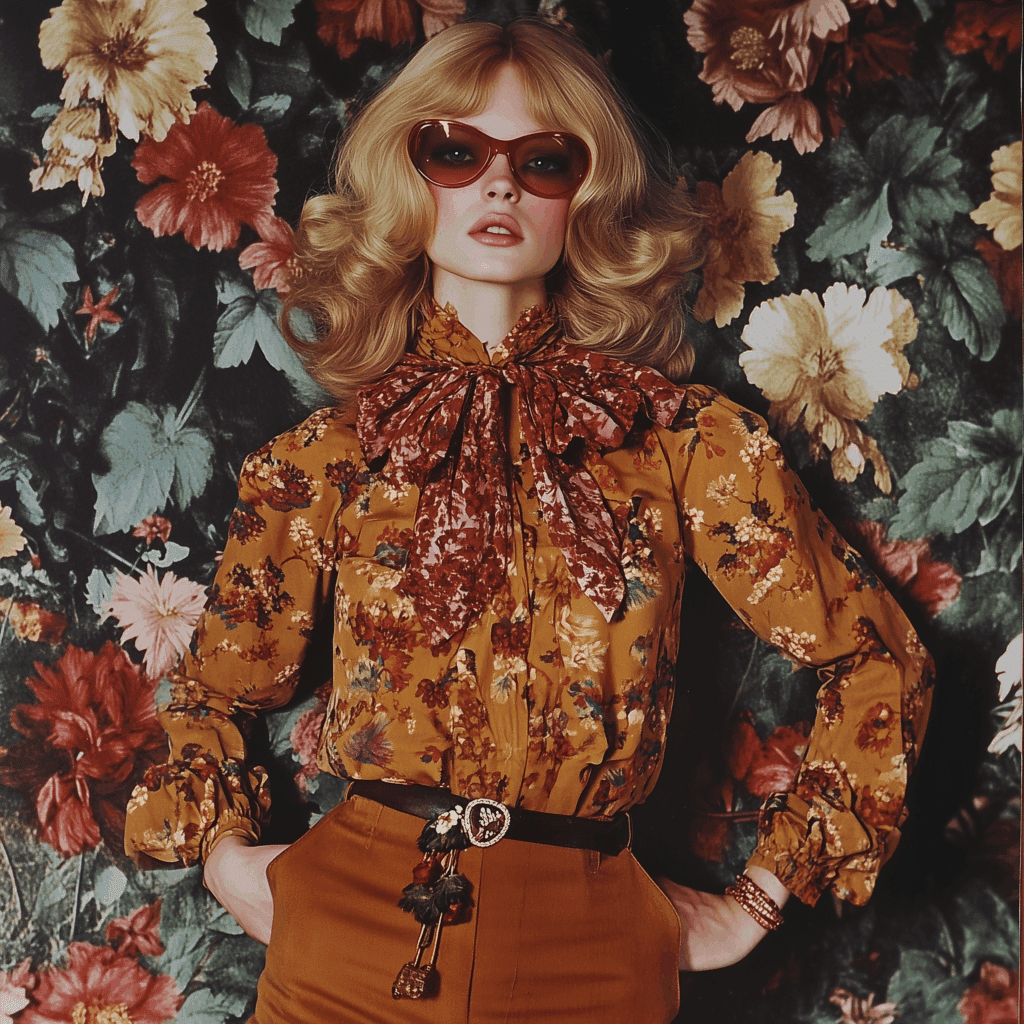
The “flower power” movement of the late 60s carried over into the 70s as more than just a political slogan—it became a fashion identity. Wearing florals was seen as embracing peace, harmony, and a return to nature. Earth tones like ochre, rust, mustard, and olive green gave these prints a grounded, vintage vibe.
Florals were particularly popular in wrap dresses, peasant blouses, and prairie-style skirts, often paired with suede vests or fringe bags. The prints reflected not only beauty but also a yearning for a simpler, more natural way of life in a time of political unrest and ecological awakening.
Fun Fact:
Tie-dye saw a massive boost in popularity after Janis Joplin wore a hand-dyed blouse during her Woodstock performance in 1969, kicking off the 70s love affair with colorful, psychedelic prints.
Icon Who Wore It:
Janis Joplin — Her bold paisley scarves, tie-dye tops, and floral bell-bottoms made her one of the most expressive fashion figures of the counterculture movement.
Natural Fabrics and Earthy Tones in 1970s Hippie Fashion
One of the most defining elements of 1970s bohemian and hippie fashion was its commitment to natural materials and organic color palettes. As the world became more industrialized and synthetic fabrics surged in mainstream fashion, the hippie movement deliberately embraced a return to the earth. Their clothing choices were as much about ideology as aesthetics—favoring sustainability, spiritual connectedness, and authenticity.
Why Natural Fabrics Mattered in the 70s
The 1970s hippie subculture rejected consumerism, fast fashion, and anything artificial. Natural fabrics like cotton, linen, hemp, suede, and raw silk reflected the hippie ideals of simplicity, sustainability, and harmony with the planet. These materials were breathable, comfortable, and perfectly suited for the free-flowing silhouettes and layered styles that defined boho fashion.
Garments made from synthetic materials—such as polyester and nylon—may have been rising in popularity elsewhere (especially in disco fashion), but in hippie wardrobes, they were often avoided. Instead, clothing felt lived-in, soft, and timeless. Many pieces were hand-dyed, hand-stitched, or upcycled, adding to their authenticity and uniqueness. Even imperfections were celebrated as marks of craftsmanship and individuality.
Maxi dresses, peasant blouses, and harem pants were commonly made from light cotton or gauze, while fringe vests, moccasins, and shoulder bags were crafted from natural suede or leather. Woven tops, crochet pieces, and patchwork skirts also relied heavily on traditional, handmade techniques and sustainable materials.
Earth Tones: A Love Letter to Nature
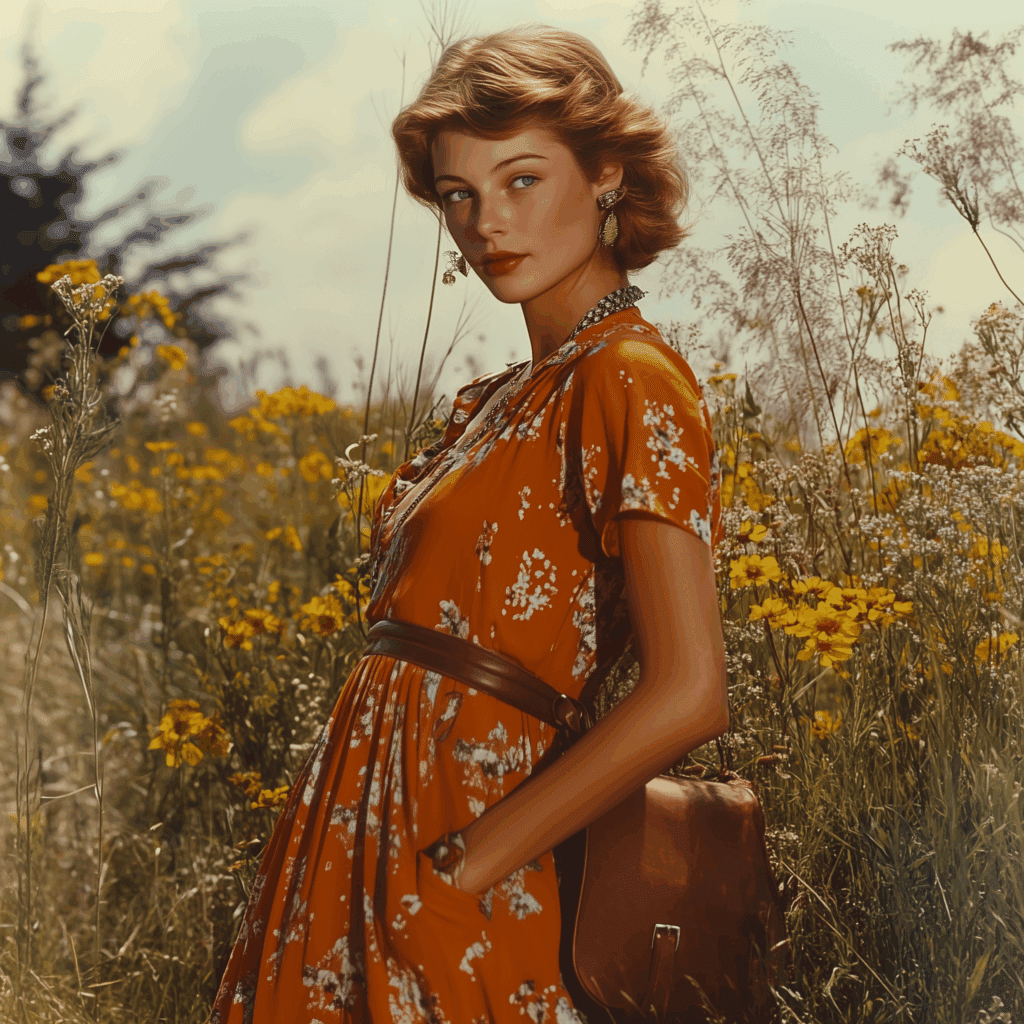
The color palette of 70s hippie fashion was a direct reflection of the natural world. Earthy tones like burnt orange, ochre, moss green, chocolate brown, mustard yellow, terracotta, and beige dominated the bohemian aesthetic. These colors were grounding, warm, and calming—offering a visual escape from the bright neon lights and synthetic trends of other fashion subcultures of the decade.
This muted palette was often paired with ethnic prints, handcrafted embroidery, or tie-dye to add visual texture without overwhelming the natural vibe. Accessories like macramé belts, wooden bangles, and stone pendants echoed these tones, reinforcing the organic spirit of the look.
Layering was a big part of the 70s boho style, and earth tones made mixing and matching easy. A rust-colored suede vest might be thrown over a floral cotton maxi dress, finished with a tan leather satchel and camel-colored ankle boots. The goal was always effortless expression, rooted in nature and self-love.
The Political & Spiritual Undertone
Choosing natural fabrics and earthy tones wasn’t just a stylistic preference—it was a quiet protest. The 1970s saw increased awareness of environmental degradation, oil crises, and the growing disconnect between humanity and nature. The hippie fashion movement aligned itself with the back-to-the-land ideology, vegetarianism, and holistic living. Dressing in natural materials was seen as a spiritual and political choice—a rejection of mass consumerism and a return to authenticity.
This aspect of 70s hippie fashion still influences today’s boho and cottagecore aesthetics, which favor eco-conscious materials, earthy color schemes, and vintage-inspired garments. From sustainable brands to thrift store finds, the legacy of the 70s’ earthy elegance lives on in modern wardrobes.
Fun Fact:
Many 70s hippies wore clothing made from hemp — one of the most sustainable fabrics on earth. It was both a fashion choice and a political stance, given hemp’s controversial legal status in many countries.
Icon Who Wore It:
Ali MacGraw — With her minimal makeup, center-parted hair, and preference for cotton, suede, and linen garments in muted, natural tones, the Love Story actress became a poster child for effortless 70s natural chic.
Footwear in 1970s Boho Fashion: Sandals, Moccasins, and Platform Boots
Footwear was an essential part of 1970s bohemian and hippie fashion, helping to complete the free-spirited, earthy aesthetic from the ground up. Unlike the structured, formal shoes of previous decades, 70s boho footwear prioritized comfort, artistic expression, and natural materials — aligning perfectly with the movement’s core values of freedom, anti-consumerism, and nature worship.
Sandals: The Barefoot Ideal
Minimalist sandals were perhaps the most authentic expression of the hippie desire to stay connected to the earth. Often handmade or sourced from artisans, these sandals featured leather soles, woven straps, and little to no heel. Brands like Earth Shoes gained popularity, offering a “negative heel” design that promoted a natural walking posture.
Popular among both men and women, these sandals were a staple at music festivals, communes, and protests alike. Whether paired with cotton maxi dresses, tie-dye skirts, or flare jeans, the simple sandal was a symbol of rebellion against fashion excess — a nod to the barefoot ideal without sacrificing practicality.
Styles ranged from strappy gladiator sandals to more rustic designs resembling ancient or indigenous footwear. Many hippies even went fully barefoot when possible, viewing it as a deeper spiritual connection with nature.
Moccasins: Rooted in Heritage
Inspired by Native American craftsmanship, moccasins became a deeply popular choice among 70s hippies, symbolizing respect for indigenous cultures and a desire to return to more traditional ways of living. Made from soft suede or leather, moccasins were breathable, flexible, and visually aligned with the earthy tones that defined bohemian fashion.
Fringed ankle moccasins, knee-high lace-up styles, and even beaded variations found their way into mainstream 70s boho wardrobes. They were frequently paired with embroidered tunics, ethnic print skirts, or suede vests, reinforcing the movement’s global, multicultural aesthetic.
More than a trend, moccasins were seen as a statement: of simplicity, of craftsmanship, and of unity with the natural world.
Platform Boots: Boho Meets Glam
While sandals and moccasins reflected the more grounded, hippie side of 70s boho fashion, platform boots added height, drama, and a touch of glam to the look. These weren’t the disco-ready metallic platforms seen at Studio 54 — bohemian platform boots were typically suede or leather, often in neutral tones like brown, rust, or tan.
Worn by both women and men, these boots featured chunky soles, stacked heels, and sometimes fringe or decorative stitching. They worked perfectly with flared jeans, maxi skirts, and boho dresses — giving wearers not just physical height, but fashion authority.
Platform boots offered a bridge between the earthy hippie vibe and the rising disco and glam rock aesthetics of the mid-to-late 70s. They were powerful and practical, stylish yet grounded.
The Legacy of 70s Boho Footwear
Today’s fashion still borrows heavily from this trio. Gladiator sandals, fringe moccasins, and suede platform boots are constantly reimagined in modern boho collections. Festivals like Coachella revive the 70s spirit each year, with thousands donning similar footwear as part of the now-iconic boho uniform.
Ultimately, the shoes of the 1970s bohemian movement were more than just accessories — they were philosophical extensions of a lifestyle that valued comfort, authenticity, and freedom above all else.
Fun Fact:
The “Earth Shoe,” launched on the first Earth Day in 1970, had a negative heel (the heel was lower than the toe) and became a hippie favorite for its claimed health benefits and eco-conscious message.
Icon Who Wore It:
Joni Mitchell — Frequently seen in moccasins, leather boots, or barefoot on stage, Joni embodied the barefoot folk-poet image. Her grounded footwear choices perfectly matched her introspective lyrics and natural lifestyle.
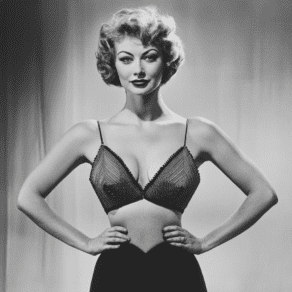
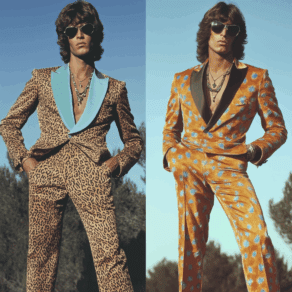
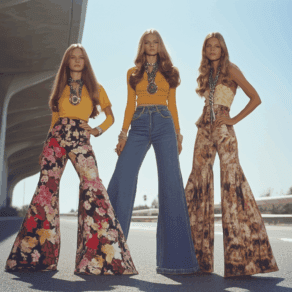

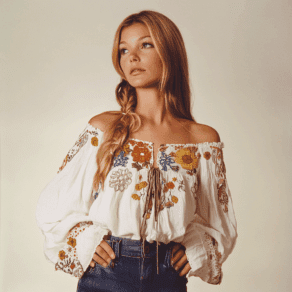
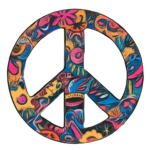
Leave a Comment